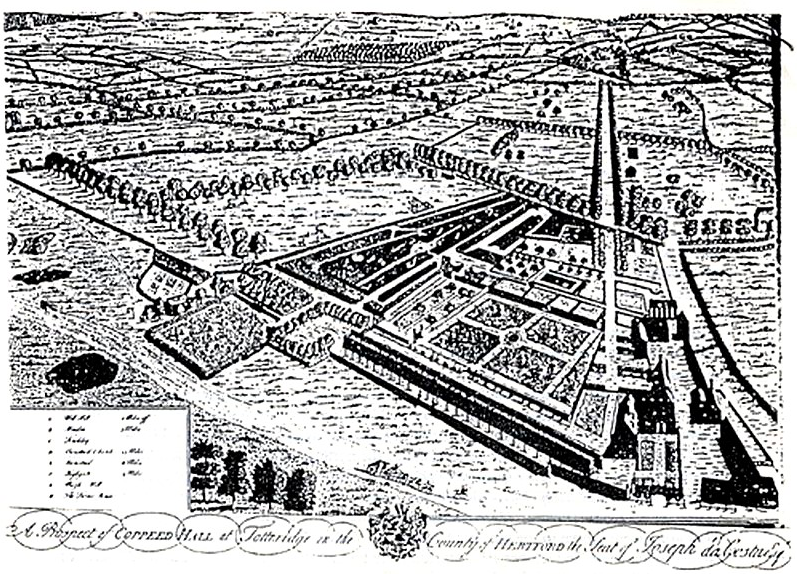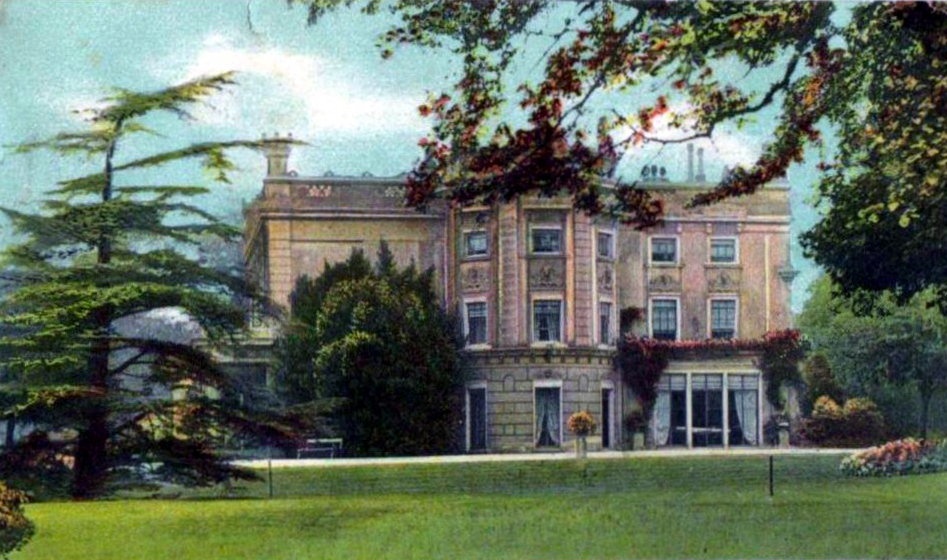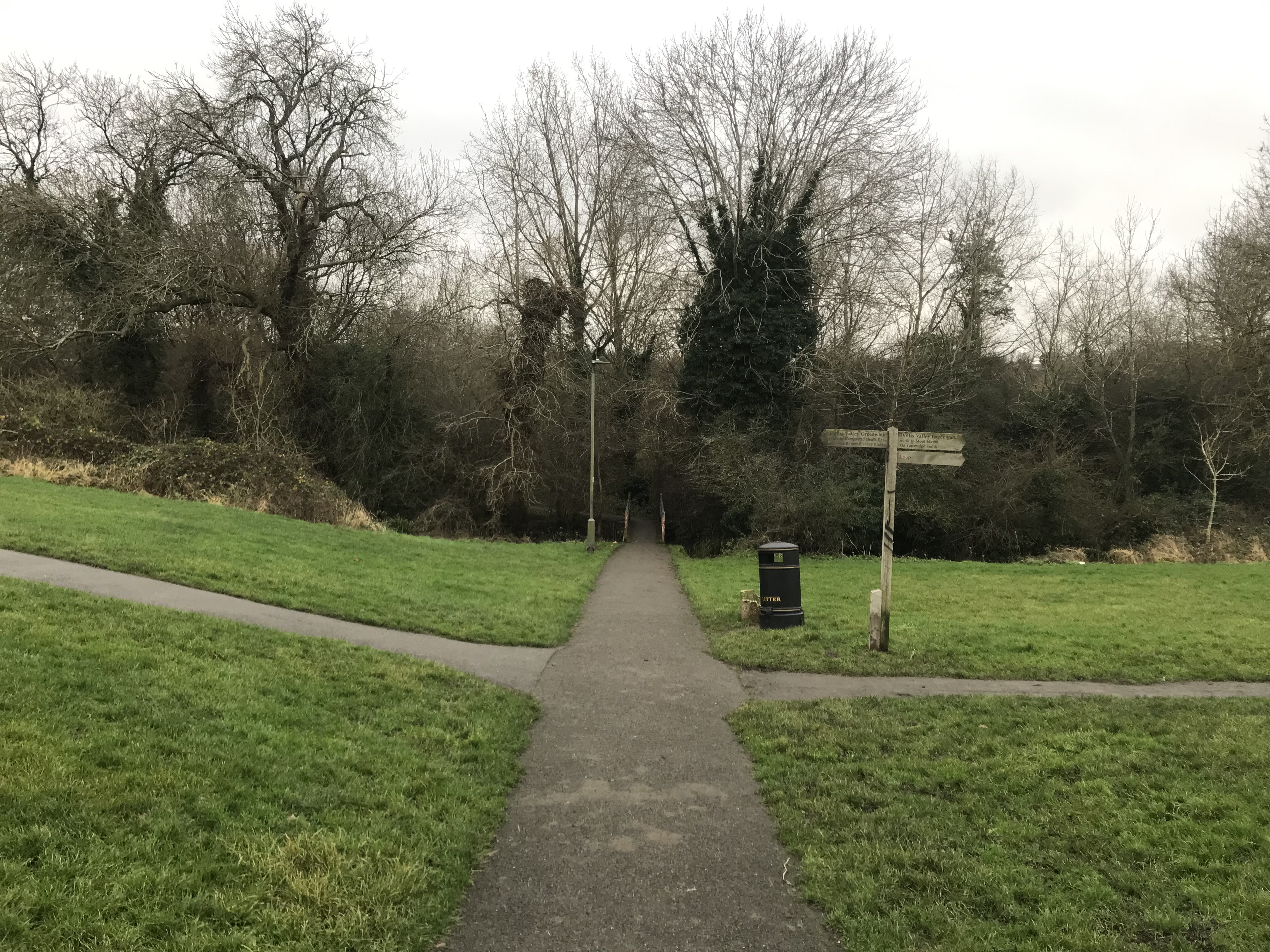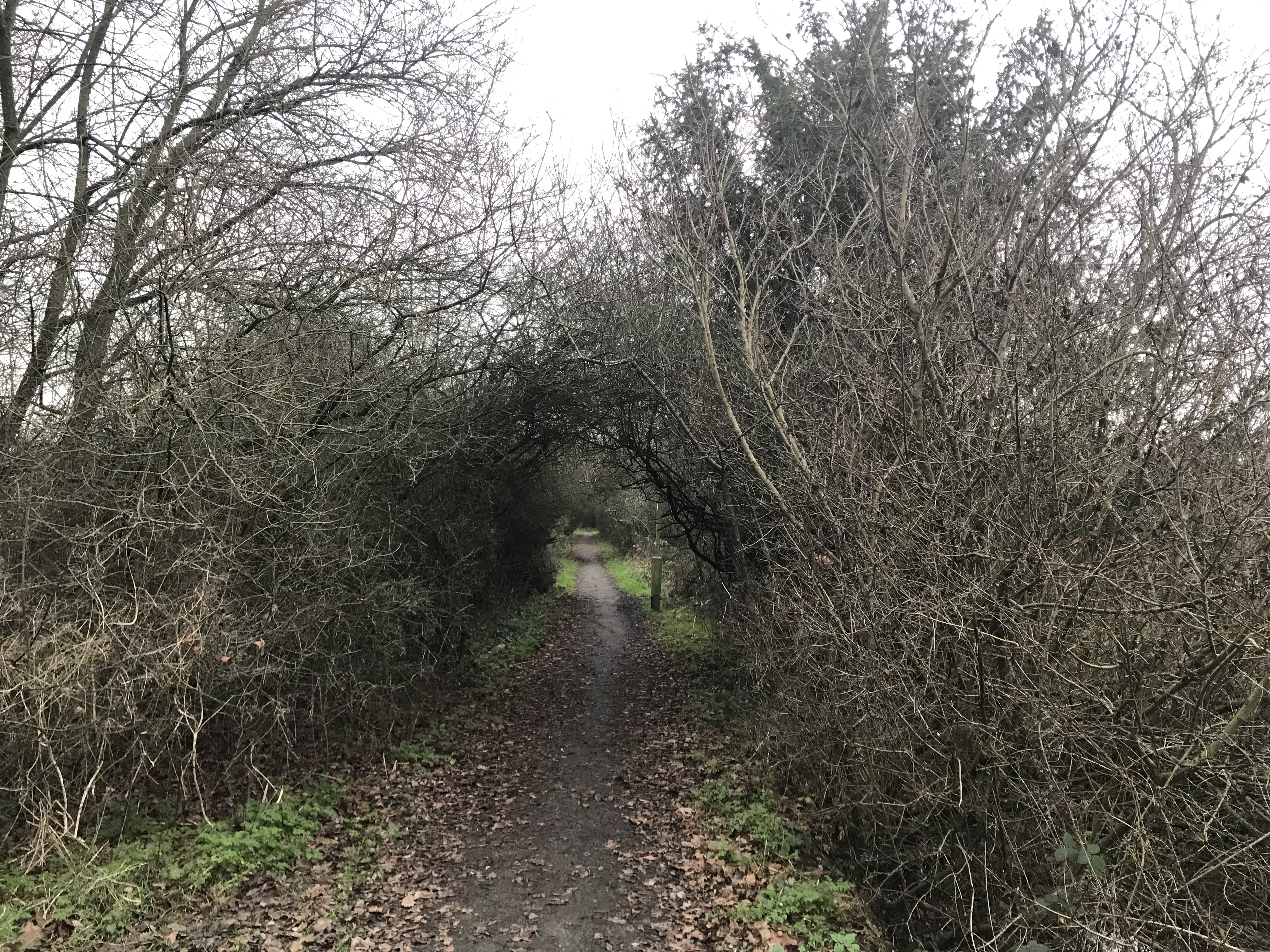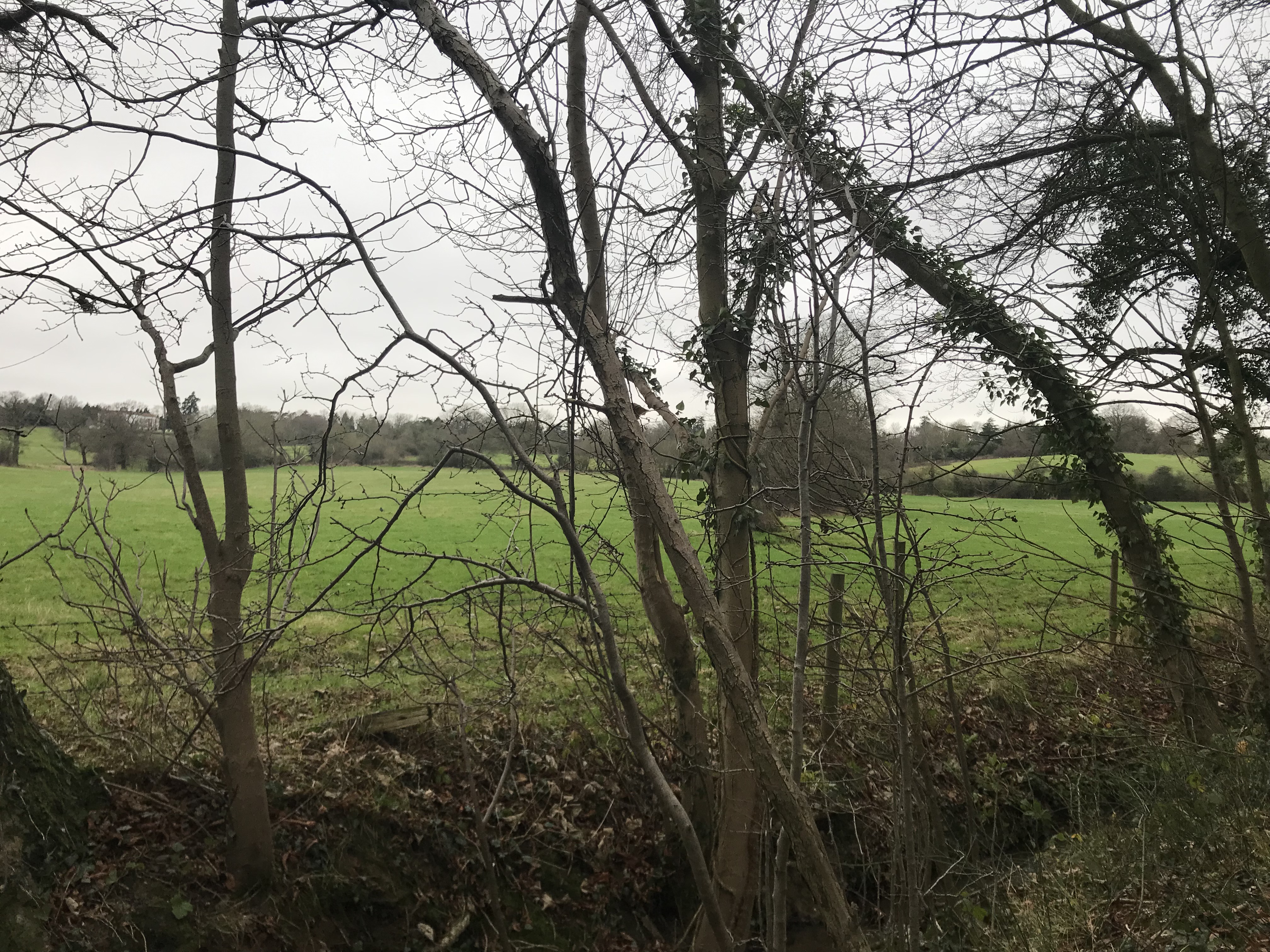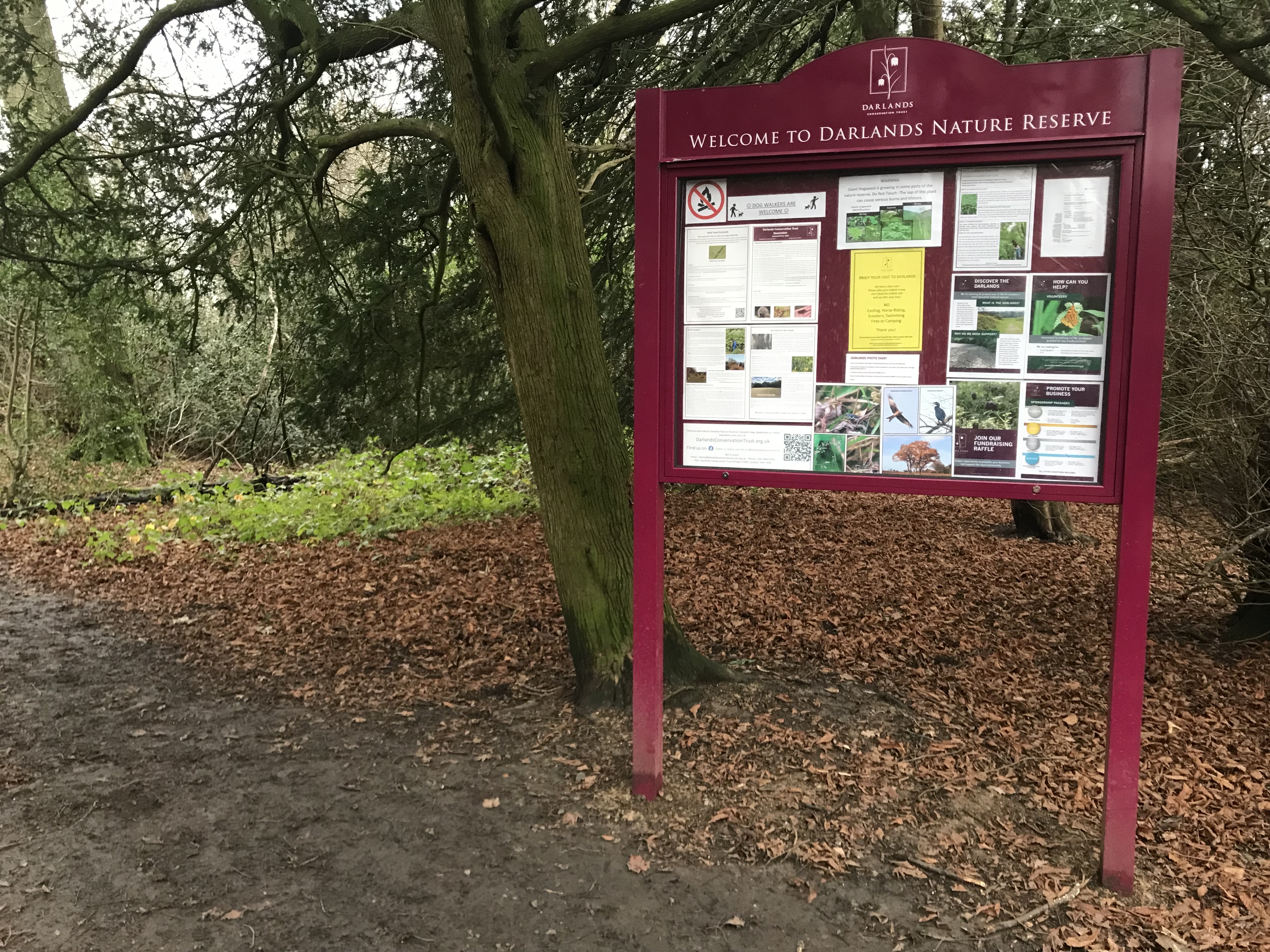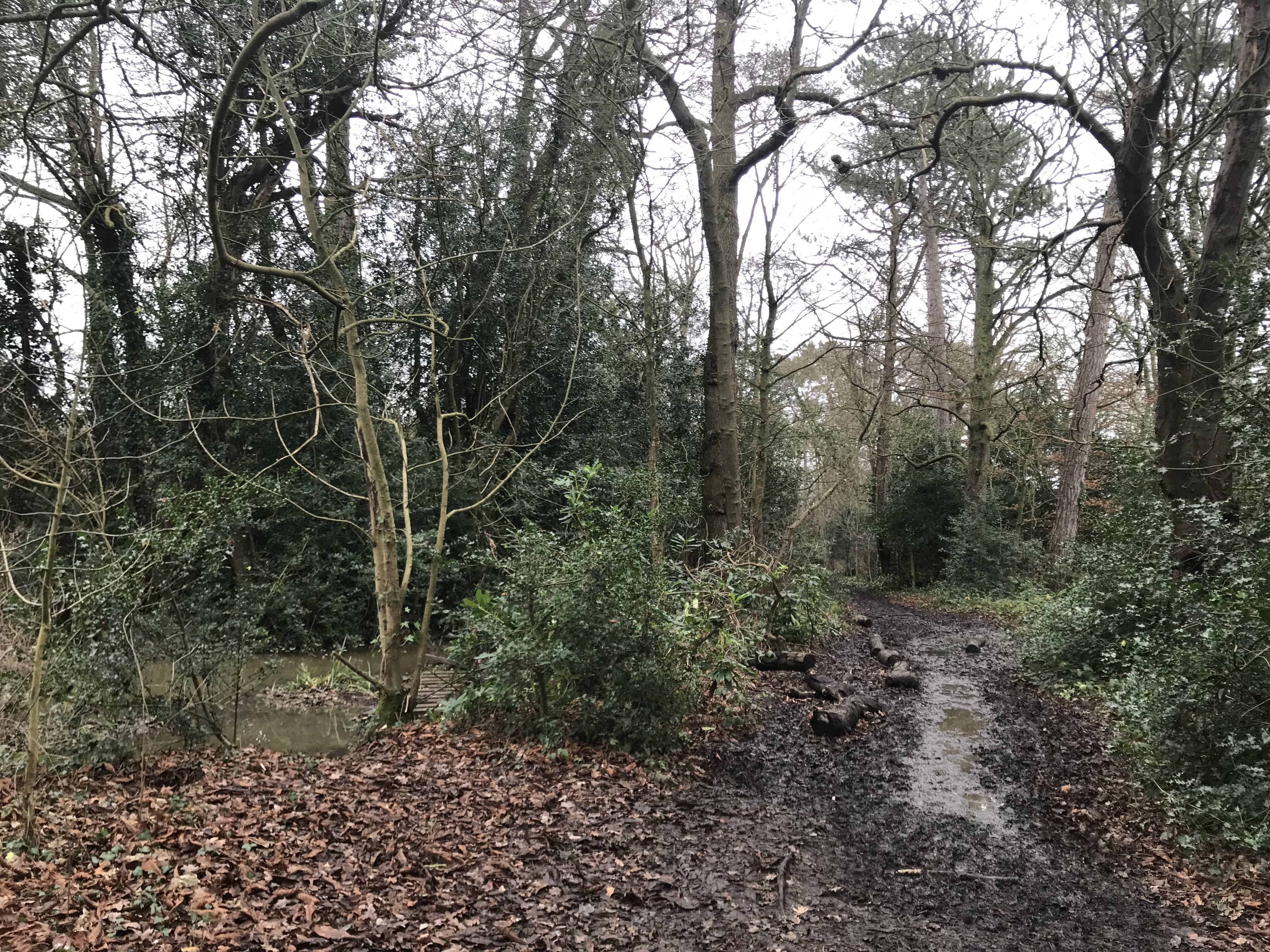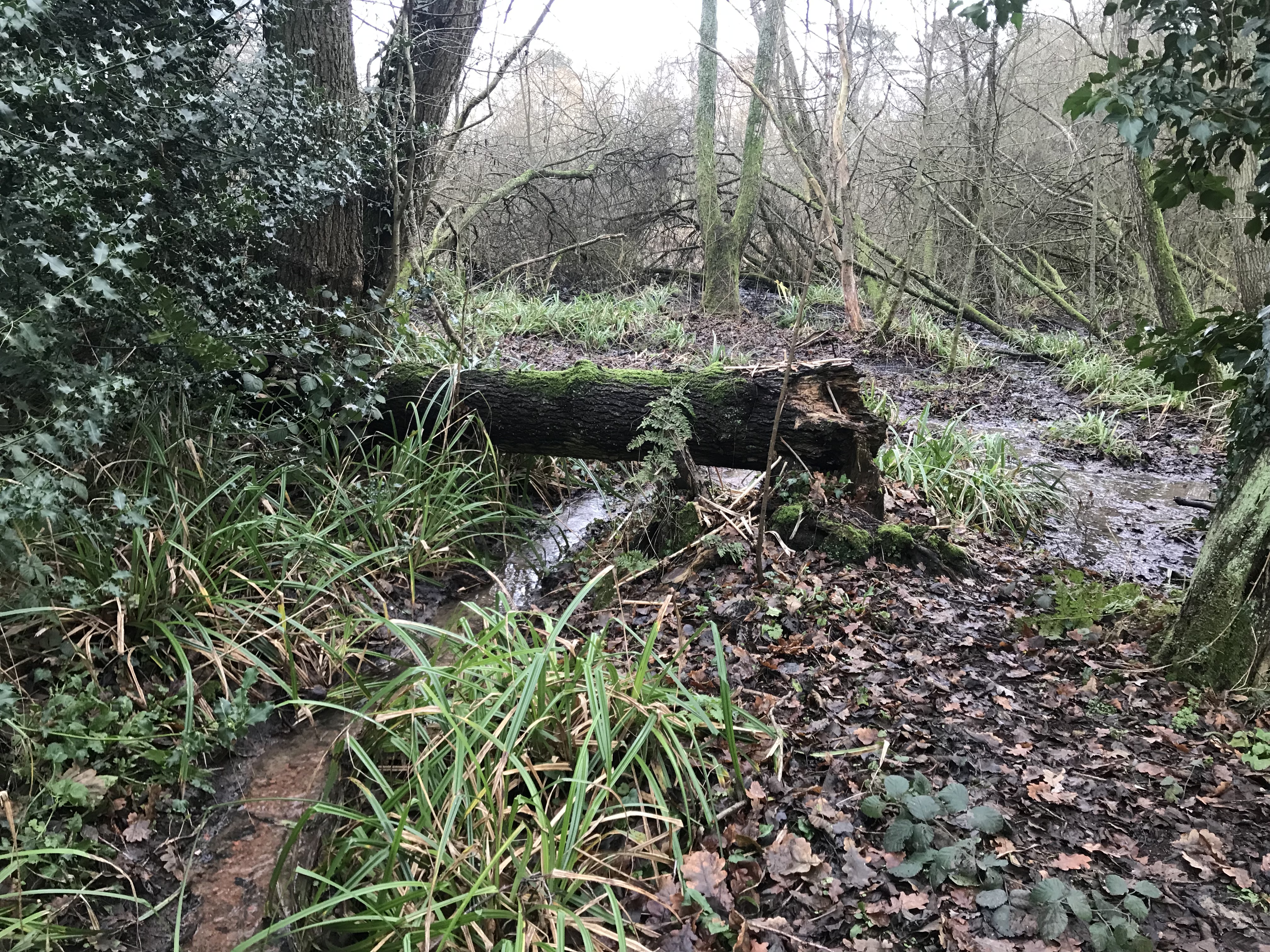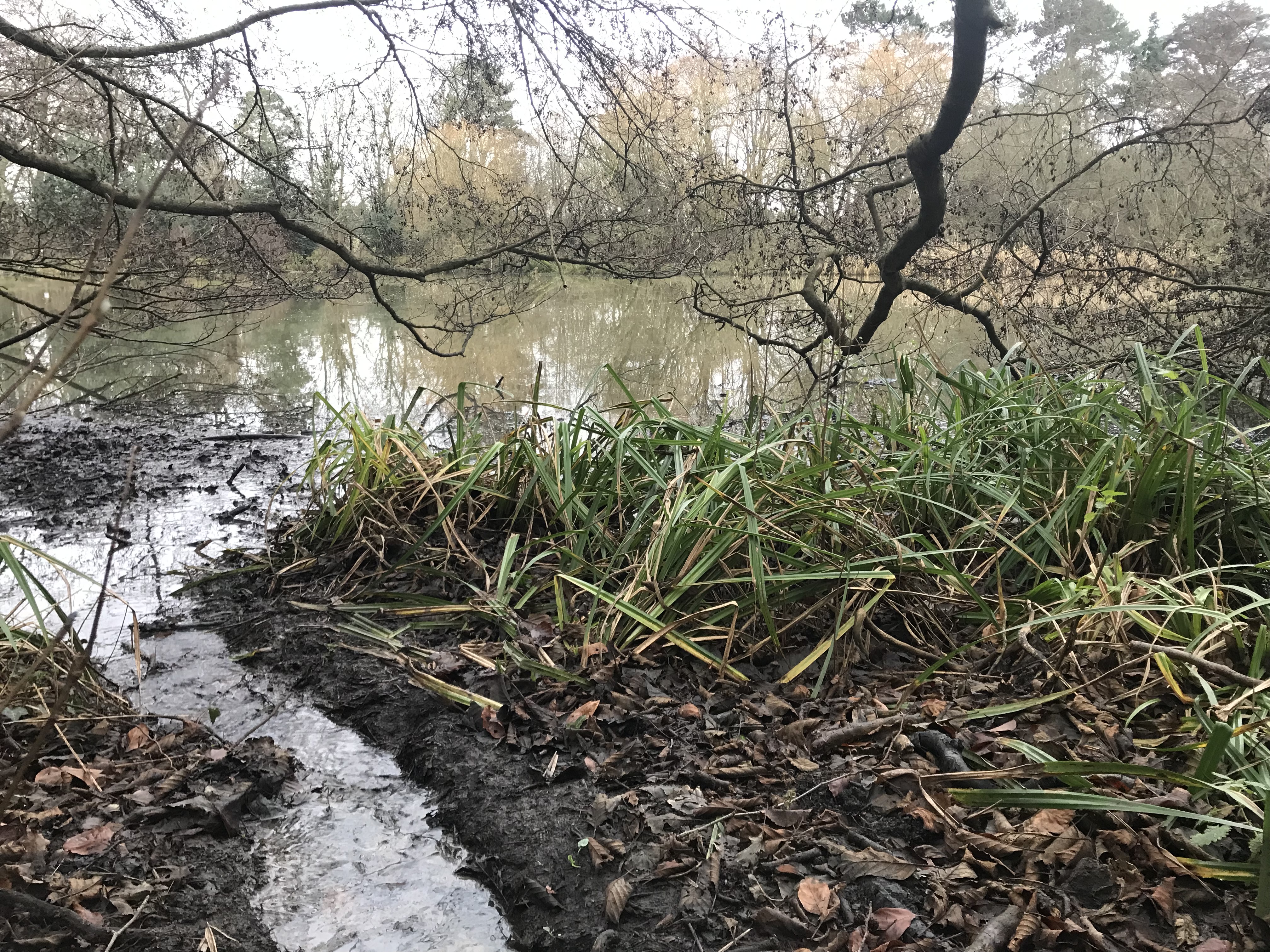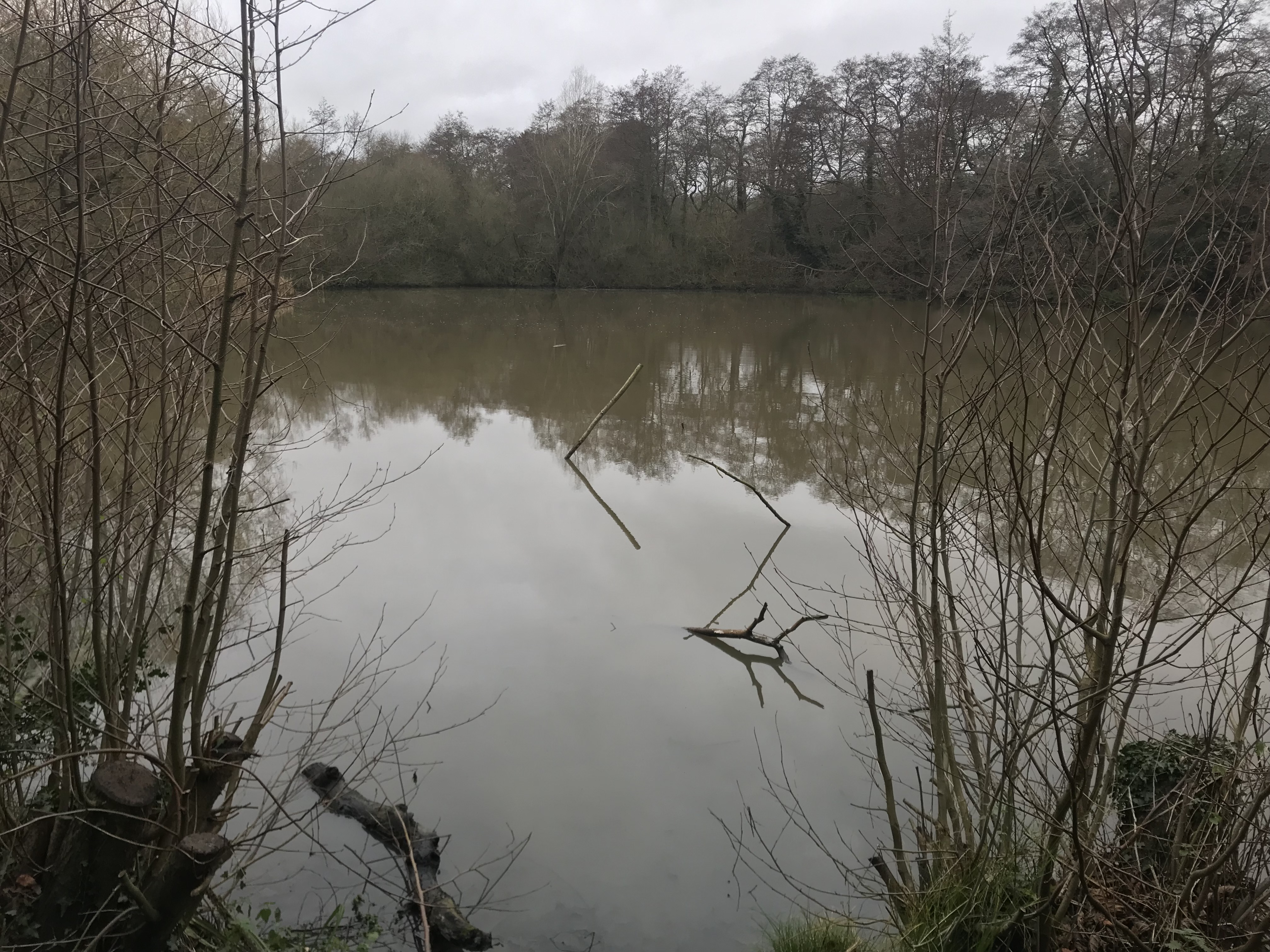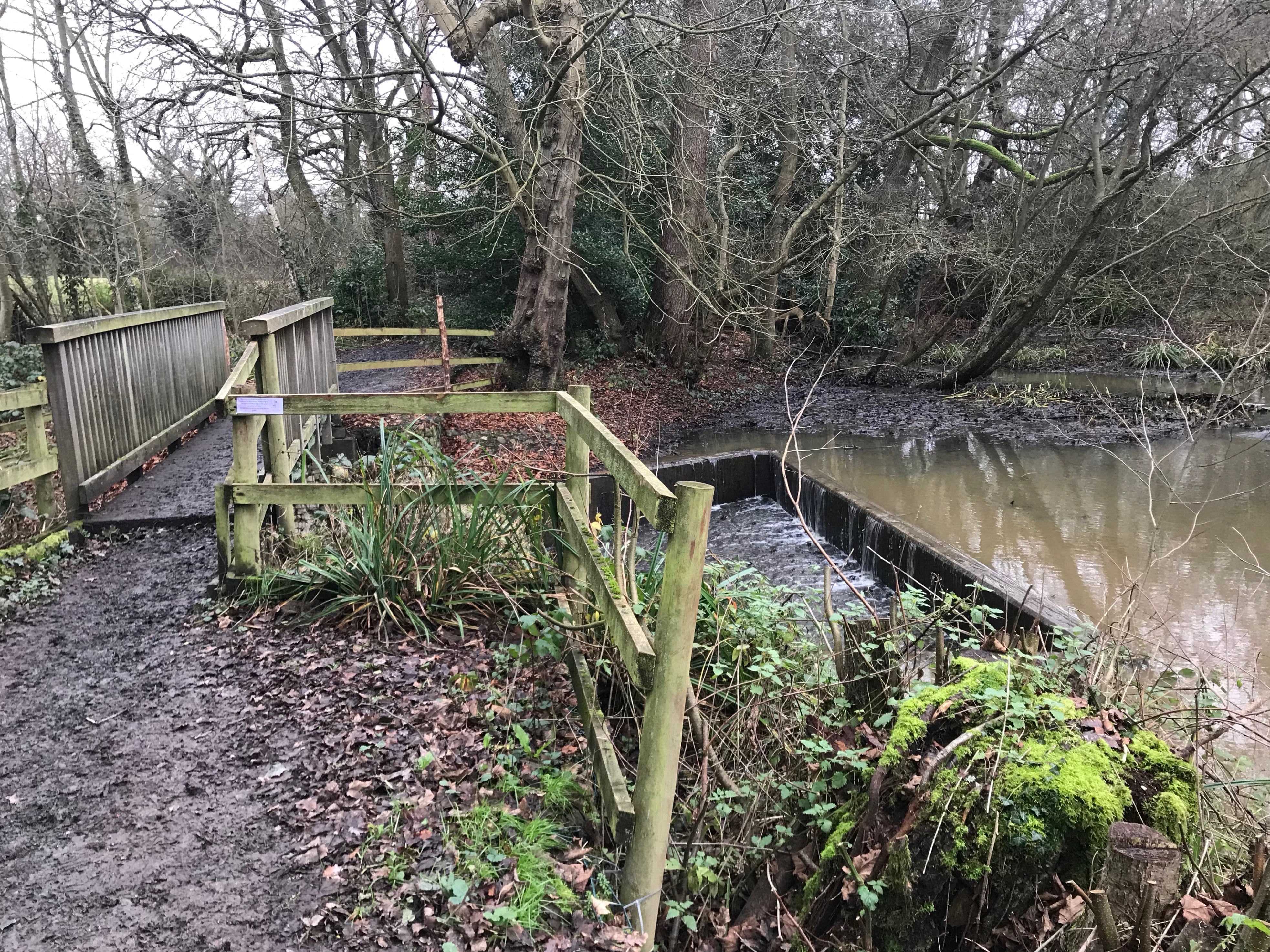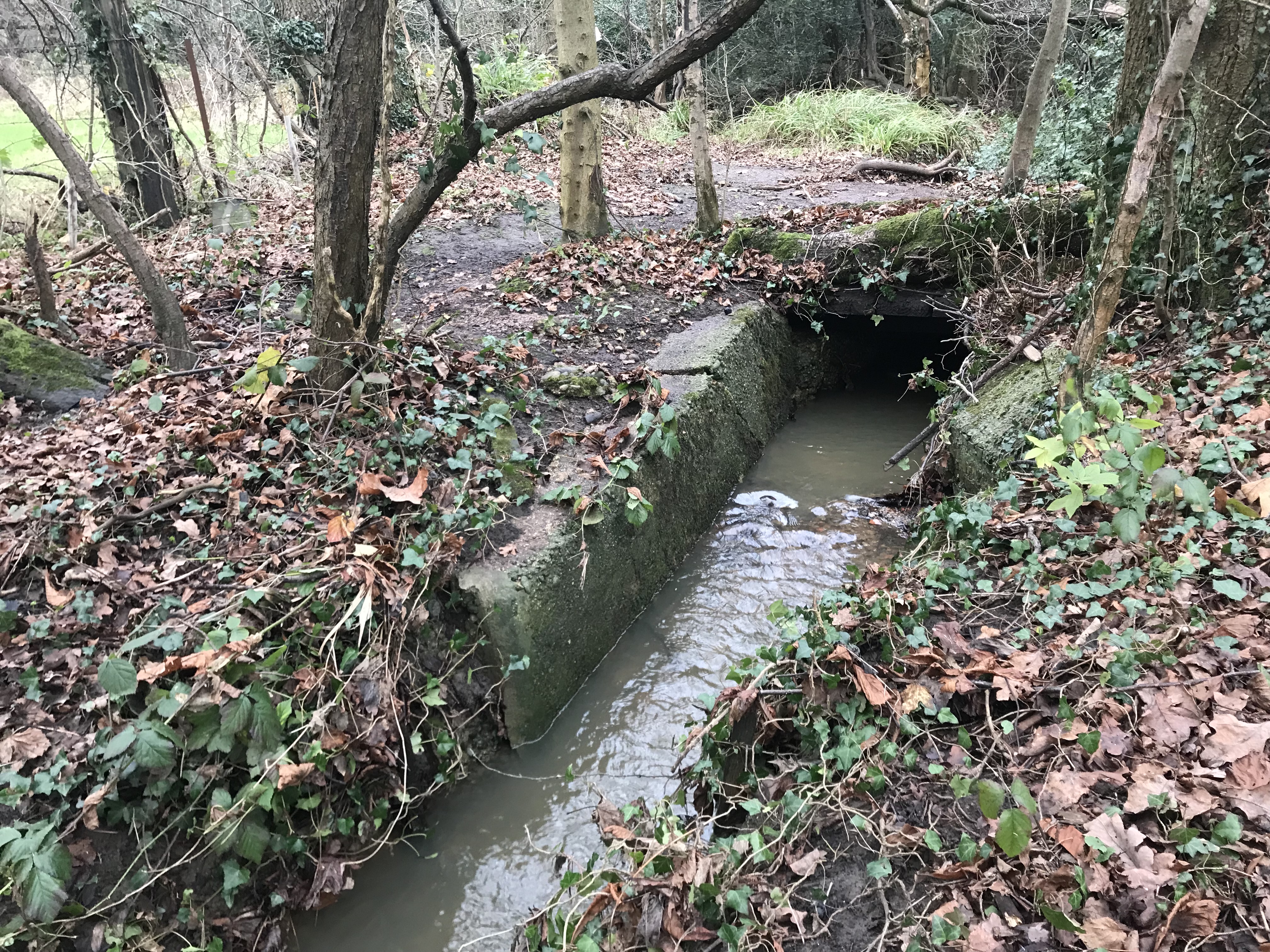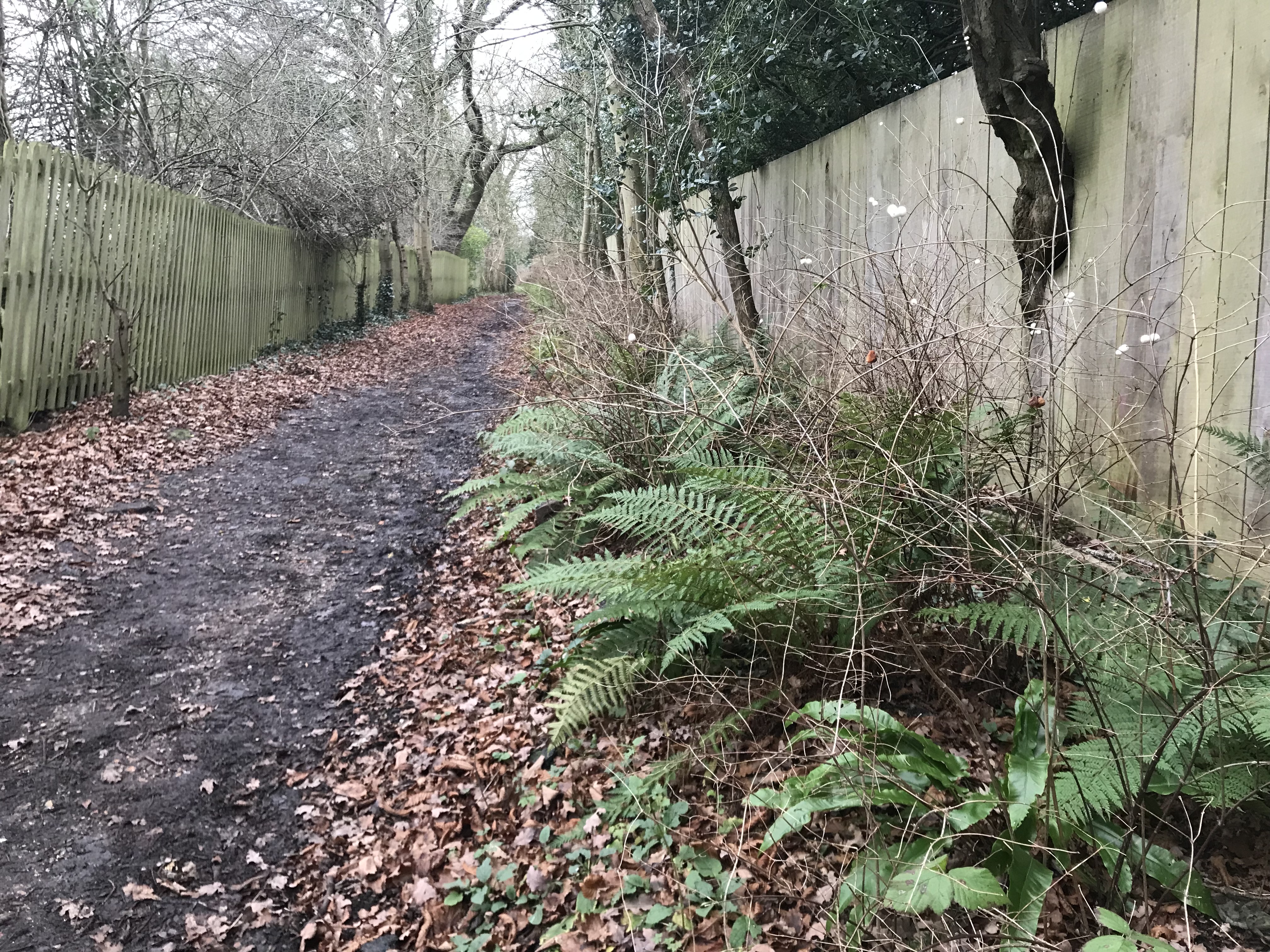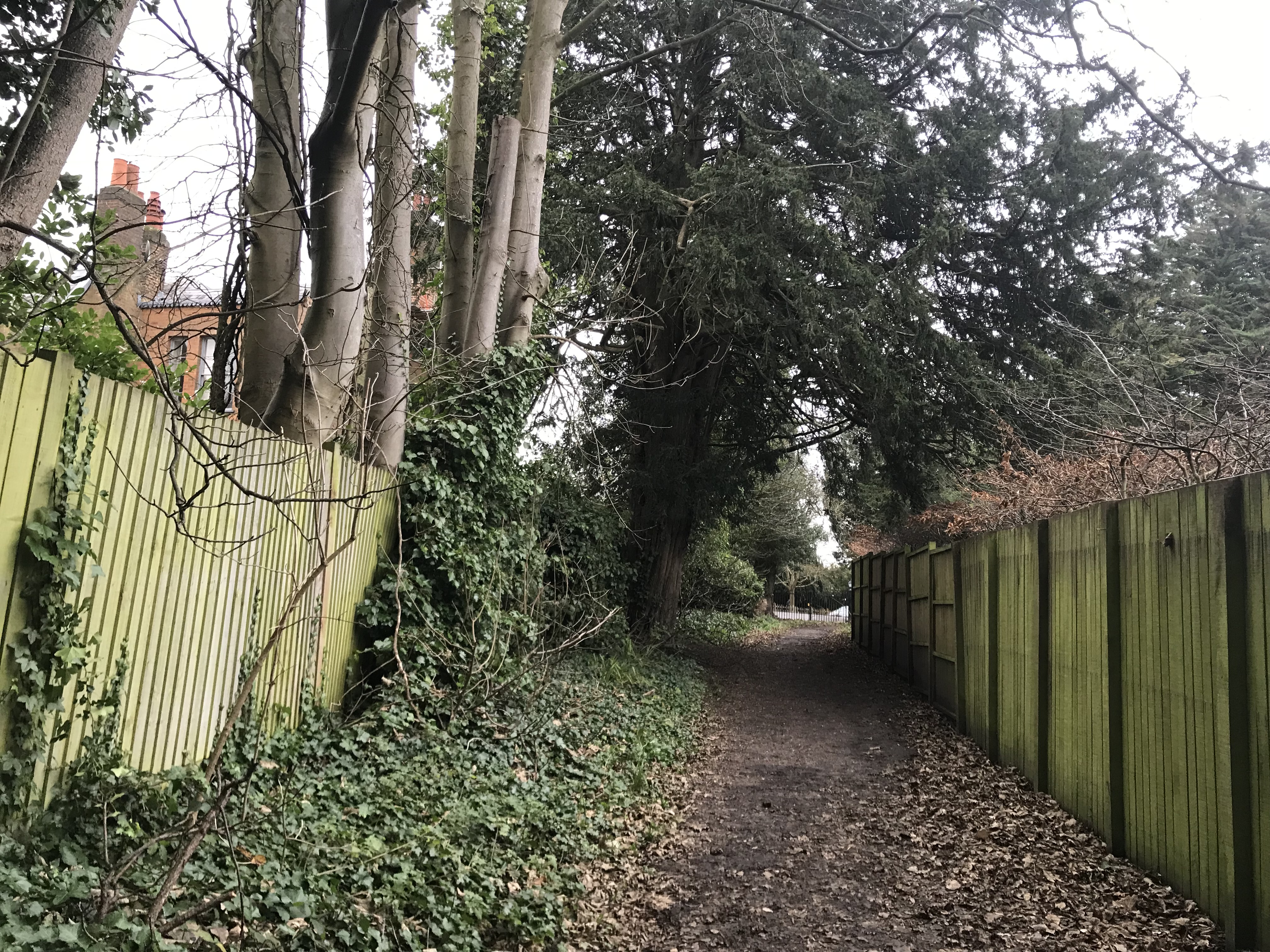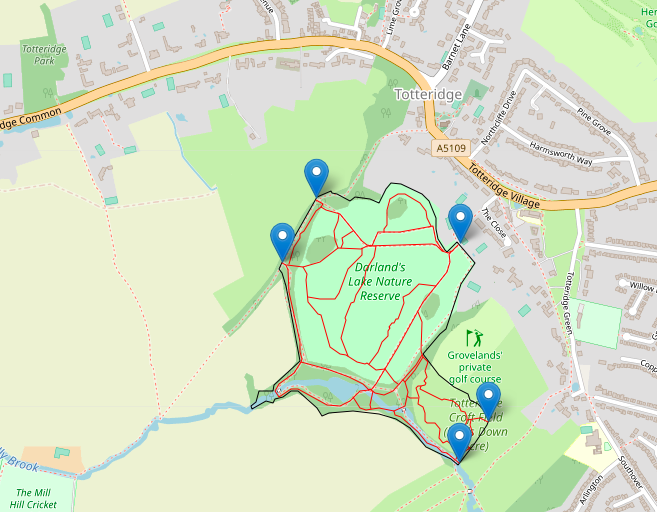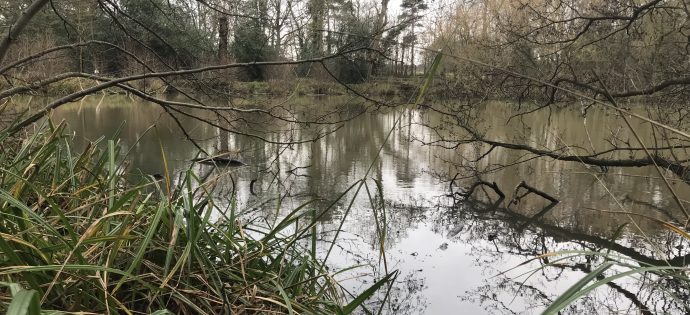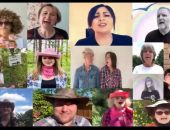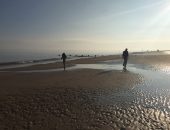Between Christmas and New Year we fancied a refreshing nature walk, but ideally covering some new ground. Darlands Nature Reserve has been on my radar for a long time, so it seemed an ideal time to explore it and in the mild, muddy conditions – with the right footwear – it fit the bill perfectly.
If you head south to Mays Lane and Leeside, it an easy, direct route from Chipping Barnet along dedicated pathways. Cross over the Dollis Valley Greenwalk and follow the sign to Totteridge and you pick up the path that skirts the back of Totteridge Academy and you can spot the expanse of the GROW project with its greenhouses. The path continues uphill to Totteridge Village offering glimpses of things you don’t usually see from the car. It’s interesting having this different perspective of a familiar place. Once you reach the main road, turn left and cross over near the church to pick up the path to Mill Hill. Continue walking and soon to the right you have sweeping views across the expanse of farmland which seems so extraordinary with a London postcode.
Further along the path you will see the sign for Darlands Nature Reserve on the left, so turn off and follow the (ahem, very muddy) path. I’m sure the pandemic hasn’t helped, but you sense this lovely local amenity has been rather neglected and needs some love and hands-on attention. We managed to walk around the edge of the lake and enjoyed the majestic serene views across the water and plenty of lively birdsong. We passed very few other walkers, so you do feel as though you have it to yourself. It was a soothing and relaxing experience (but very slippery and potentially mucky!). After our lap, the return leg was just as straightforward.
Before our walk, I knew very little about Darlands, so it’s been an excuse to dig a little deeper into the history of the place. To quote the website, “Darlands Nature Reserve sits in the Totteridge Valley between the villages of Totteridge and Mill Hill. The 32 hectares (80 acres) of woodlands, wetlands, grasslands and the Darlands Lake are home to a diverse community of wildlife and boast some wonderful rural walks with spectacular views across the valley.”
It was originally part of the landscaped park belonging to Copped Hall (demolished in 1929), south of St Andrew’s Church in Totteridge. The estate dated back to the 16th century with pleasure grounds and ornamental lake. Landscape gardener Humphrey Repton may well have been involved in the plans, working with owners William Manning (merchant, politician and Governor of the Bank of England) and his wife Mary (Hunter) who were in residence from 1780. The lake was created by damming Folly Brook. Repton also designed the Woburn estate and Russell Square for the Duke of Bedford and also originally designed the grounds of Kenwood and other commissions included Cassiobury in Watford and Wanstead Park. Repton’s naturalistic style would have been a contrast to the formal gardens laid out by previous owner Joseph da Costa (another wealthy merchant) in the early 18th century (see picture below from 1739).
Darlands House was built on the site of Copped Hall in the 1930s and much of the old pleasure gardens was used for housing development. The picture shows the house in around 1905 when it was owned by the Boulton family. Between the house and the lake, the open park became farmland and the Darlands Lake Nature Reserve was established in 1982 and the fenced path from Totteridge to Darlands Nature Reserve passes near a copse that was planted in 1810 to commemorate the Golden Jubilee of George III.
It’s a great a local walk, either from the north (our route) or from Mill Hill where you can pick up the path near Finchley Nurseries in Burtonhole Lane. Better still, if you have time, you could considering volunteering for the Darlands Conservation Trust to help maintain and preserve it. It clearly needs a lot of attention and good will.
